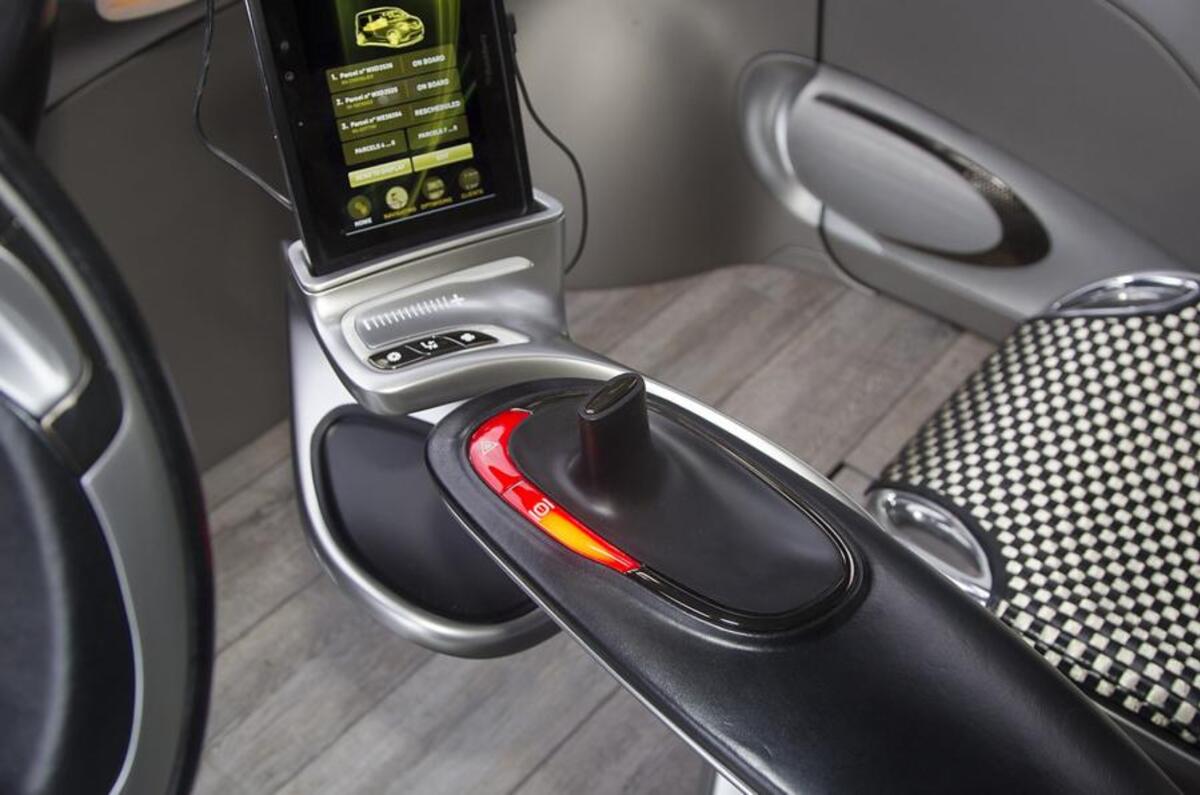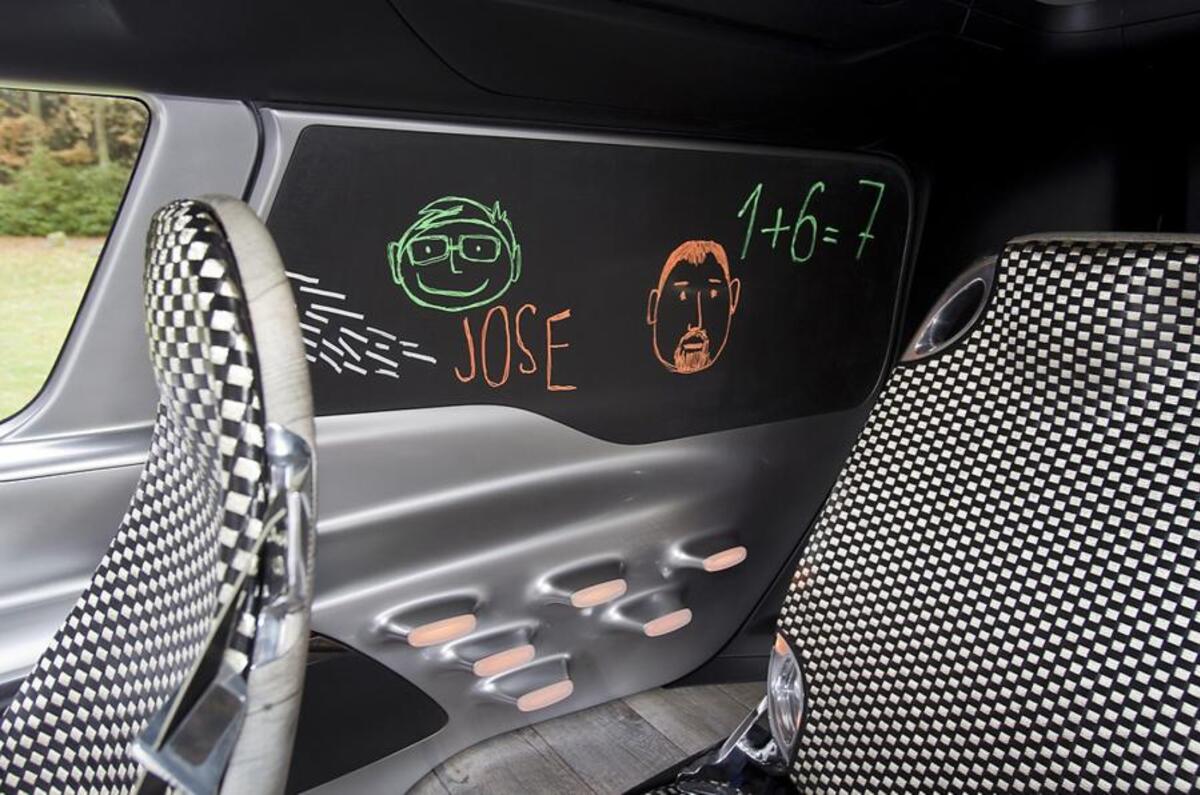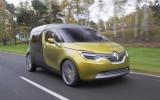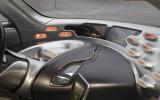The Renault Frendzy is the next link in the French firm's six-concept chain based on the human life cycle.
The striking DeZir electric gullwing coupe, the diesel-powered Renault Captur crossover and the petrol-engined sports-MPV R-Space represented ‘love’, ‘journey’, and ‘family’ respectively, while the asymmetrical zero-emissions wonder we see here is the Frendzy, said to represent ‘work’.
Renault’s concept series will lead us around an emotive colour chart of ‘simple’, ‘sensuous’ and ‘warm’ tones, all designed to appeal to our human side, but there’s more than just pie-in-the-sky on offer here. For starters, the Frendzy’s dichotomy of work-focused utilitarianism and family-friendliness apes the current Kangoo, and when it’s facelift time for that popular MPVan, the slightly squat, smoothly sculpted Frendzy (with its oversized Renault diamonds) will to some degree provide the aesthetic tuning fork.
There are also a host of innovations on the Frendzy that could realistically reach production in the not-too-distant future, while the launch of the electric Kangoo van later this month will test the basic formula in the real world.
Straight off it’s worth bearing with the proliferation of touchy-feely buzzwords above. It’s easy to become jaded by inverted commas used when describing concept cars, English words often seemingly scattered at random as on a Japanese schoolgirl’s pencil case. But with the Frendzy, Renault has created a genuinely emotive product out of what is, essentially, a van with extra seats.




















